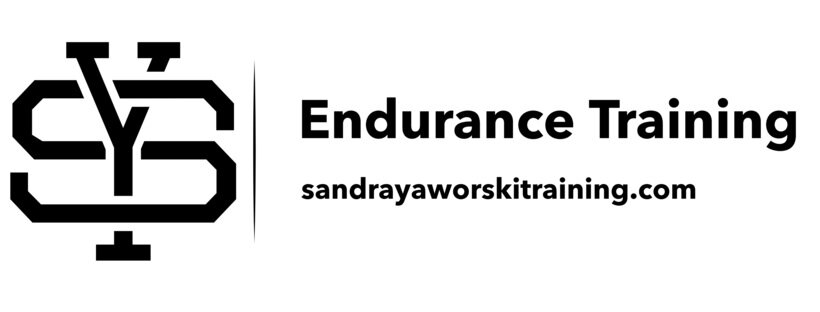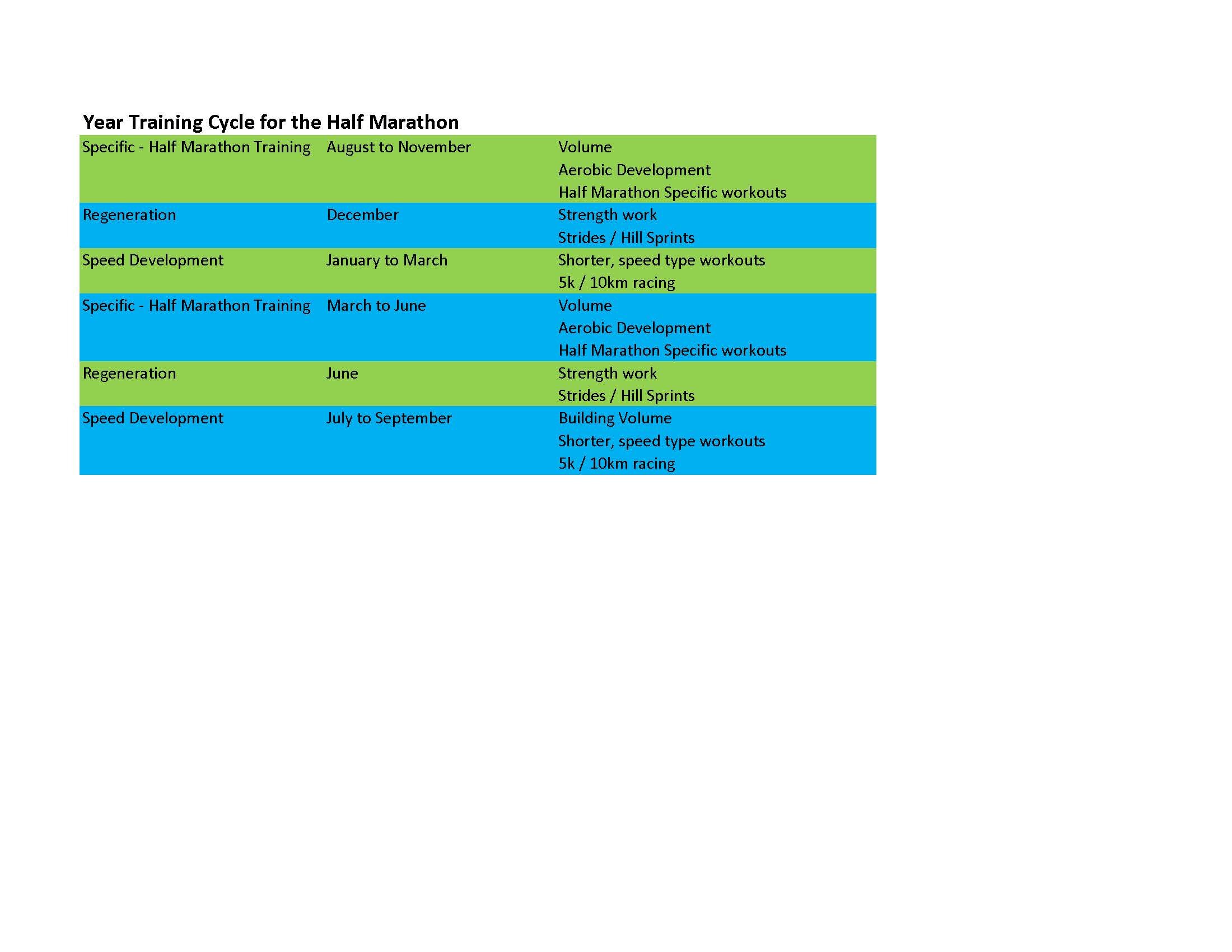Training for running is not complex. It is pretty straight forward but it always surprises me when people train for years and cannot figure out why they do not improve, have chronic fatigue, or are constantly injured.
The goals of a structured training program can be summarized into six points. Jack Daniels describes the goals as:
1. To improve the body’s ability to transport blood and oxygen.
2. To increase the ability of muscles involved in running to use the available oxygen and convert carbohydrate and fat fuel into useful energy.
3. To increase lactate threshold to enable faster running speed.
4. To increase aerobic capacity by increasing VO2max.
5. To improve speed.
6. To decrease energy demand by improving running economy.
I start with these goals as I believe that the linkage between these goals and the type of training to enable these goals is not clearly understood or it is simply ignored. If one is going to spend time doing an activity, I think they should learn to train properly to maximize benefits. I admit, I get extremely frustrated when people tell me how hard they run or how much they run. So what. If one is not training properly that means absolutely nothing. If you win races and run exactly the same time every time, then you should start to question your training.
The second thing that frustrates me, is that I see people training together doing exactly the same workout without considering level of the runner or the volume of running per week. Someone who runs 40 km a week should not be doing the same volume of intervals as someone who runs 100 km a week. Nor should someone who is relatively new to running be doing the same type of intervals as someone experienced.
I may have two athletes do a workout that on paper looks exactly the same but the purpose of the workout is different. For example, 5x1000 meters. One athlete may be doing this at threshold and the other at VO2max. The recoveries may also be the same or different as they are at different levels.
So let’s get back to the basics.
Easy and Long Runs
Purpose: To improve cell adaptation, promote glycogen depletion, to teach the body to use fat as fuel.
How: Run 65% to 70% of VO2max. 20 minutes to 2 hour 30 minutes.
Example: 45 minute easy run the next day after a hard workout.
Threshold Runs
Purpose: To build strength and speed. By running at or very near your lactate threshold, your body will become more efficient at clearing lactic acid and reusing it to fuel your muscles. Threshold runs simply teach us to endure greater intensity for longer periods of time. For an endurance athlete, this is key.
How: Run 86% to 88% of VO2max. Tempo runs, Tempo intervals, Cruise Intervals. It is a pace that you could maintain for an hour in a race.
Example 1: 20 min tempo run.
Example 2: 8 x 1000 meters with 30 second rest interval.
Example 3: 2x10 minutes with 1 to 2 minutes’ rest interval.
Intervals
Purpose: To increase your maximal aerobic capacity (VO2 max).
How: Run 98% to 100% of VO2max. It is a pace that you could maintain for 10 to 15 minutes in a race. It is often quoted as 3 km race pace. Running these too fast results in training the wrong system and defeats the purpose which is to improve your aerobic capacity.
Example: 30 second to 5 minute intervals. I stress time here as opposed to distance as I differ the workout distance based on level of runner. For example, a slower runner covers less distance in 5 minutes than does a faster runner. The rest interval varies but it should be equal to or less than the interval time. As athletes become stronger, I tend to shorten the rest interval.
Speed
Purpose: To improve mechanics.
How: Greater than VO2max. Intervals of less than 2 minutes. Again, using time as opposed to distance as we need to account for a runner’s ability. The rest interval would be up to four times it took to do the interval. For example, 30 second interval would get a rest interval of 2 minutes.
Marathon Pace workouts for Marathon Runners
Purpose: To enable an athlete to spend some time running the pace at which they hope to complete the marathon in.
How: Run up to 25 km at marathon pace. I incorporate a build up to 25 km over time in a marathon program. I also encourage athletes to run a half marathon race at marathon pace or slightly faster. I usually start runners at 10 to 12 km and gradually build them to 25 km over a 16 week to 20 week period. I like to schedule a marathon pace run every three to four weeks.





